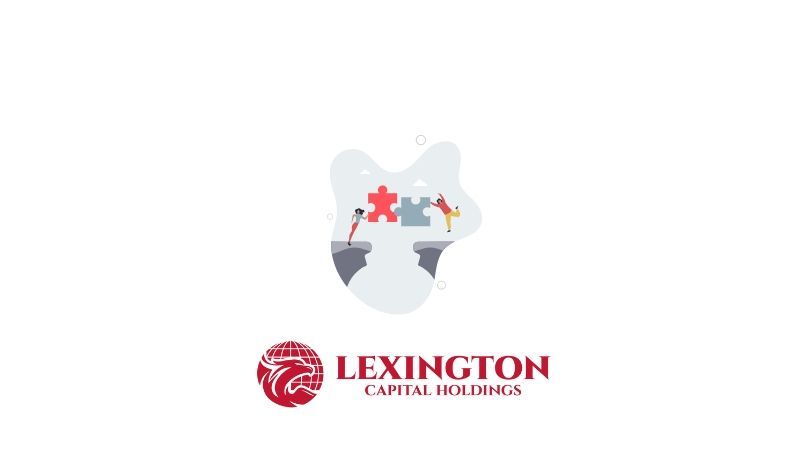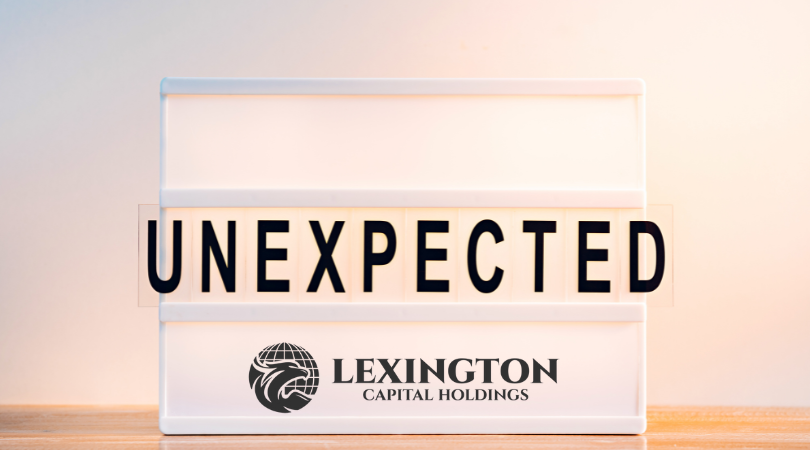AI Agents Are Here: What Business Owners Need to Know
AI Agents Are Here: What Business Owners Need to Know
AI agents are software systems powered by artificial intelligence that can independently perform tasks, learn from data, and adapt to changing circumstances. These tools take automation to the next level by handling everything from customer inquiries to complex analytics, enabling businesses to operate smarter and faster.
Salesforce's Agentforce, for example, uses AI to supercharge customer service and sales teams. By automating routine tasks, providing actionable insights, and personalizing customer interactions, it empowers teams to focus on high-value activities that drive growth.
Why AI Agents Like Agentforce Are Revolutionizing Business
- Streamlined Operations AI agents take on repetitive tasks, reducing human error and freeing up time for your team. With Agentforce, you can automate workflows across departments, ensuring faster service delivery and improved operational efficiency.
- Enhanced Customer Experience Today’s customers expect fast, personalized service. AI agents analyze customer data in real time to offer tailored solutions. Agentforce integrates seamlessly into Salesforce, providing agents with insights that help resolve issues more effectively, leading to higher customer satisfaction.
- Data-Driven Decision Making AI agents like Agentforce don’t just collect data—they analyze it and provide actionable recommendations. From predicting customer needs to identifying sales opportunities, these tools help business owners make smarter decisions.
- Scalability Without Compromise Growing businesses often struggle to maintain the same level of service as they scale. Agentforce allows businesses to expand while maintaining consistent, high-quality customer interactions, ensuring no customer falls through the cracks.
- Competitive Edge Businesses adopting AI agents early, like Agentforce, position themselves as leaders in innovation. As industries grow more competitive, integrating advanced tools ensures your business stays relevant.
How to Start Incorporating AI Agents Into Your Business
Integrating AI agents into your business doesn’t have to be overwhelming. Here’s how you can begin:
- Identify the Gaps Pinpoint areas in your business where automation could improve efficiency. Whether it’s streamlining customer support, simplifying sales processes, or analyzing data, AI agents like Agentforce can help.
- Leverage Salesforce Agentforce Salesforce’s Agentforce is designed for businesses ready to take advantage of AI without needing a technical background. With its intuitive interface and robust capabilities, it’s an excellent starting point for integrating AI into your operations.
- Invest in Training While AI agents are powerful, they work best when paired with trained teams. Equip your employees with the knowledge they need to maximize the benefits of tools like Agentforce.
- Start Small, Then Scale Test AI agents on a small scale before rolling them out company-wide. For example, use Agentforce to automate customer service inquiries or streamline sales pipelines, then expand its use as you see results.
- Monitor and Optimize AI agents improve over time, but monitoring their performance is key. Use Agentforce’s analytics tools to track outcomes and refine processes for even better results.
Salesforce Agentforce: Leading the AI Revolution
Salesforce’s Agentforce is setting the standard for AI-powered solutions. By combining automation, machine learning, and actionable insights, it enables businesses to transform their operations without losing the personal touch that customers value. Whether you’re a small business looking to streamline processes or an enterprise aiming to scale, Agentforce provides the tools and flexibility to meet your goals.
Learn More About AI Agents
The rise of AI agents marks a turning point for businesses across industries. Tools like Salesforce Agentforce are no longer optional—they’re essential for staying competitive in a world driven by data and innovation. By adopting AI agents now, business owners can position themselves for long-term success, operating more efficiently while delivering exceptional customer experiences.
Ready to embrace the future?
Explore how Salesforce Agentforce and other AI solutions can revolutionize your business. The time to innovate is now—don’t let your business fall behind.

When you apply for business funding, your application goes through a critical stage—underwriting. This is where lenders evaluate risk and determine whether your business qualifies for financing, and under what terms. Understanding what underwriters look for can help you strengthen your application, avoid delays, and increase your approval odds.

Not every business enjoys a steady stream of income. For many companies—especially those in seasonal industries, contracting, or project-based work—revenue can shift dramatically from month to month. These ups and downs are normal, but they can make managing cash flow, payroll, and operating expenses challenging. At Lexington Capital Holdings, we understand that fluctuating revenue doesn’t mean instability—it just means you need the right financial tools to stay balanced and grow confidently.

The Challenge of Hyper-Growth For many startups, growth isn’t the problem—it’s managing it. Rapid scaling demands capital for hiring, marketing, technology, and operations. But too often, founders find themselves cash-strapped right when they need resources the most. Choosing the right financing strategy can be the difference between sustainable growth and burning out too soon.

When it comes to business financing, the terms you secure are just as important as the funding itself. Lower interest rates, flexible repayment schedules, and higher approval amounts can mean the difference between simply surviving and setting your business up to thrive. The good news? Business owners often have more negotiating power than they realize. At Lexington Capital Holdings, we’ve seen firsthand how preparation and strategy can help secure stronger terms. Here’s how you can do the same:

For many businesses, waiting on customer payments can feel like standing still when you’re ready to move forward. Delayed invoices, extended payment terms, or slow collections create cash flow gaps that make it harder to cover expenses, pay employees, or seize new opportunities. The truth is—even successful, profitable companies face this challenge. The key isn’t avoiding it, but managing it strategically with the right funding solutions

Securing business funding is a milestone—but the real impact comes from how you put that capital to work. Every dollar borrowed should fuel momentum, strengthen operations, and generate measurable returns. Unfortunately, too many businesses stop at “getting approved” and miss the chance to maximize their return on investment (ROI). At Lexington Capital Holdings, we believe funding isn’t just about access to capital—it’s about creating opportunity. Here’s how to ensure your financing delivers the highest ROI:

In today’s fast-paced business environment, standing out from the competition requires more than just great products and services—it takes strategy, timing, and smart financial decisions. One of the most overlooked tools in building and maintaining a competitive advantage is business financing. When leveraged correctly, financing doesn’t just help you “get by”; it can actually position your business to outpace competitors and capture new opportunities.

In business, surprises aren’t a matter of if—they’re a matter of when. Whether it’s a sudden equipment breakdown, an unexpected dip in sales, or a market shift that requires quick adaptation, unforeseen expenses can test even the most successful companies. The difference between thriving and struggling often comes down to how well you’ve prepared.

When most business owners hear the word debt, it sparks feelings of stress or risk. But here’s the truth—debt isn’t always a bad thing. In fact, when managed strategically, debt can become one of the most powerful tools to grow, stabilize, and scale your business. At Lexington Capital Holdings, we work with business owners every day who are navigating this very question: Is taking on debt the right move for me? Let’s break down the difference between “good” and “bad” debt so you can make informed financial decisions.

In today’s business world, financing options are everywhere—but choosing the right path can feel overwhelming. From traditional bank loans to alternative lending solutions, the fine print and fast-changing requirements often leave business owners spending more time deciphering funding terms than actually running their businesses. That’s where the value of a dedicated funding advisor truly shines. At Lexington Capital Holdings, we’ve seen firsthand how personalized guidance can transform the funding experience for business owners of all sizes.

